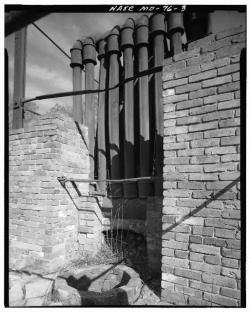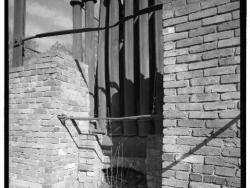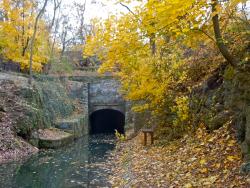According to oral history, George Washington visited the canal diggings in 1792, and then again in 1794, while he was accompanying troops to suppress the Whiskey Rebellion in Western Pennsylvania.
1828

YearAdded:
Image Credit:
Courtesy Flickr/Ospreye (CC BY 2.0)
Image Caption:
Union Canal Tunnel
Era_date_from:
1828
1970

This furnace was the focal point of a pre-Industrial Revolution industry town, one of hundreds of furnaces that thrived and failed in the 19th century. The Maryland Iron Company (incorporated 1828) built this furnace along the Nassawango Creek roughly four miles northwest of the Pocomoke River to produce pig iron by the cold-blast process. In 1836-37 the furnace changed ownership several times, until Thomas Spence of Worcester County purchased it and began producing pig iron at a rate of 700 tons a year. Spence is credited with the installation of the hot-blast stove.
YearAdded:
Image Credit:
Public Domain (National Park Service)
Image Caption:
Nassawango Iron Furnace
Era_date_from:
1828
1991
Innovations

This furnace was the focal point of a pre-Industrial Revolution industry town, one of hundreds of furnaces that thrived and failed in the 19th century. The Maryland Iron Company (incorporated 1828) built this furnace along the Nassawango Creek roughly four miles northwest of the Pocomoke River to… Read More

According to oral history, George Washington visited the canal diggings in 1792, and then again in 1794, while he was accompanying troops to suppress the Whiskey Rebellion in Western Pennsylvania.
The Union Canal Tunnel was a crucial structure allowing the connection of the eastern and…
Read More

